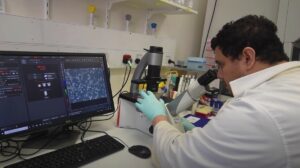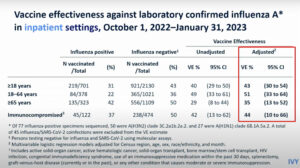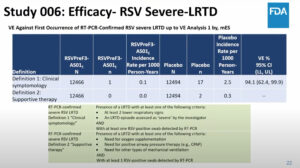NEW YORK (Reuters Health) – Solid organ recipients often develop invasive fungal infections months or even years after transplant, according to registry data from the U.S.
Depending on the organism, one-year mortality ranges up to 40%, investigators report in the April 15 issue of Clinical Infectious Diseases.
Lead investigator Dr. Peter G. Pappas, from the University of Alabama at Birmingham, and colleagues used data collected prospectively by the Transplant Associated Infection Surveillance Network, which includes 23 U.S. transplant centers. They analyzed a surveillance cohort, consisting of 1063 patients, and an incidence cohort, with 16,459 patients.
Between 2001 and 2006, the surveillance cohort developed 1208 cases of proven or probable invasive fungal infections. The most common infections were candidiasis (53%), aspergillosis (19%), and cryptococcosis (8%). Median time from transplant to infection onset was 103, 184, and 575 days, respectively, for these three types of organisms. Most other mold infections and endemic fungal infections occurred more than three years after transplantation.
The cumulative incidence of any invasive fungal infection during the first 12 months after transplant was 3.1%. The incidence of a first-year fungal infection increased slightly over time, from 2.2% transplants in May-August 2002 to 3.3% for transplants done January-April 2005.
The highest cumulative incidence of a first fungal infection in the first year after transplant was 11.6%, in small bowel recipients. The lowest was 1.3% (in kidney recipients).
Twelve-month survival after infection was 66% for invasive candidiasis, 59% for invasive aspergillosis, and 73% for cryptococcosis.
The authors report considerable site-to-site variability in fungal infections rates, perhaps due to “variability in complexity and acuity of transplant recipients, surgical technique, antifungal prophylaxis and empirical treatment strategies, immunosuppressive regimens, and approach to diagnosis.”
In the same issue, Dr. Pappas and his colleagues published a separate paper describing the incidence of invasive fungal infections among recipients of hematopoietic stem cell transplants (HSCT). In this population, the infections tended to develop within a few months after transplant. Mortality was even higher than in the solid organ recipients.
Data from the same registry showed that aspergillosis was most common (43%), followed by candidiasis (28%) and zygomycosis (8%). Median onset times were 99, 61, and 135 days posttransplant, respectively.
In the incidence cohort of 15,820 patients, the 12-month cumulative incidence for any invasive fungal infection was 3.4%. Autologous HSCT recipients had the lowest incidence (1.2%); mismatched-related allogeneic recipients had the highest (8.1%).
In this study too, the authors report high variability in incidence between centers, ranging from less than 1% to more than 13%. The variability might reflect differences in diagnostic methods, patient populations, or transplant practices, they say.
One-year survival ranged from 25.4% in patients with aspergillosis to 33.6% in patients with candidiasis.
The authors say they designed both studies to estimate the national burden of invasive fungal infections in transplant recipients, and not to analyze risk factors.
“Continued surveillance for invasive fungal infections is warranted in this patient population, and better diagnostic and treatment modalities are needed,” Dr. Pappas and his associates conclude.
Reference:
Clin Infect Dis 2010.




